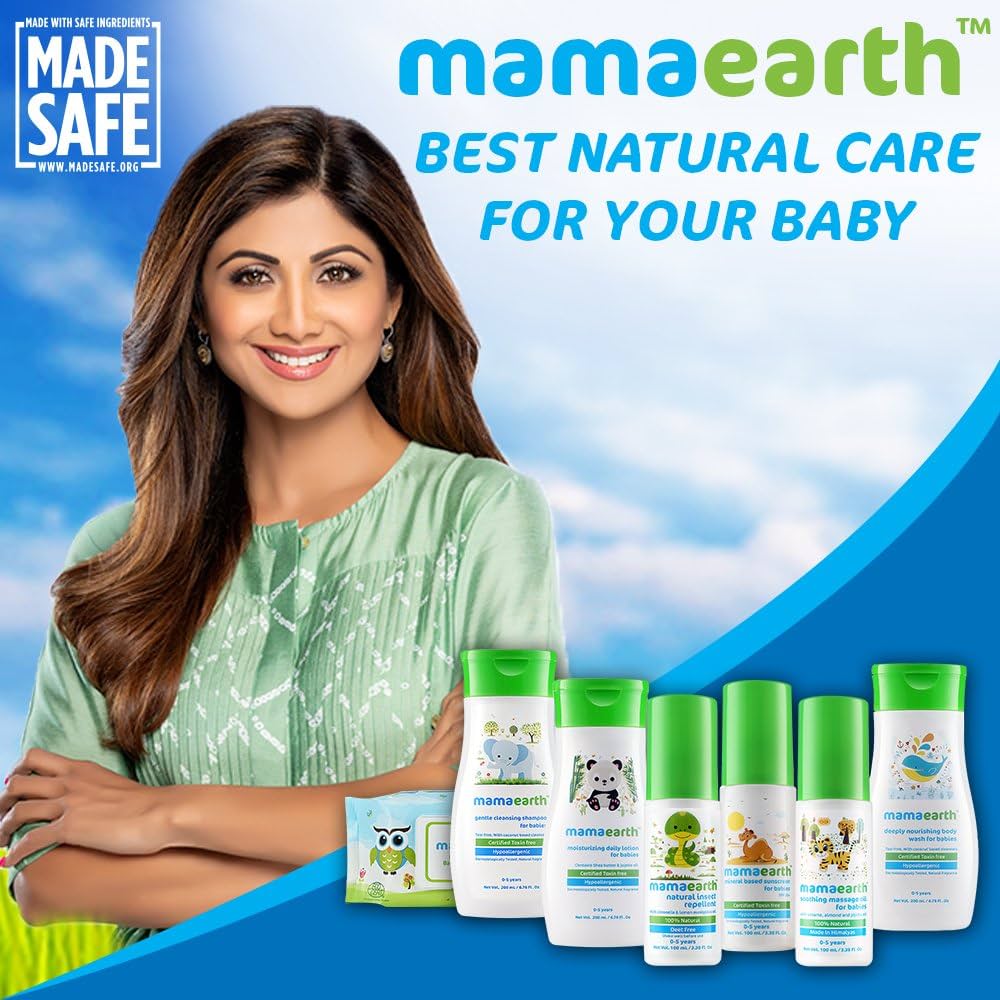Key Components of a Sales Funne
A well-structured sales funnel consists of various key components that work together to guide potential customers through the buyer’s journey. At the top of the funnel is the awareness stage, where the focus is on attracting and capturing the attention of a wide audience. This is typically done through engaging content and targeted marketing strategies that pique the interest of potential leads.
Moving down the funnel, the consideration stage involves nurturing these leads and providing them with valuable information that addresses their needs and pain points. This is where businesses can showcase their expertise and build trust with their audience, positioning themselves as a reliable solution to their problems. By understanding each stage of the sales funnel and optimizing the components within it, businesses can effectively move leads through the process towards conversion.
Understanding Your Target Audience
To successfully market your products or services, it is essential to have a deep understanding of the individuals you are trying to reach. Building buyer personas can help you create more targeted marketing campaigns by identifying the specific demographics, behaviors, and preferences of your audience. By collecting data and insights on your target audience, you can tailor your messaging and offerings to better resonate with their needs and interests.
Moreover, conducting market research and analyzing your audience’s buying habits can provide valuable information on how to position your products or services effectively. Understanding the pain points and challenges that your target audience faces allows you to address these issues in your marketing strategy, showcasing how your offerings can provide solutions or added value. By empathizing with your audience and meeting their needs, you can create a more compelling message that resonates with potential customers and drives them through the sales funnel.
Creating Compelling Lead Magnets
Lead magnets are essential tools in attracting potential customers to your sales funnel. A well-crafted lead magnet should offer value to your target audience, addressing their pain points or providing solutions to their problems. It should be specific, concise, and easily consumable, such as an eBook, checklist, or webinar.
When creating lead magnets, it’s crucial to consider the interests and needs of your target audience. Conducting market research and understanding their demographics, preferences, and behaviors can help you tailor your lead magnet to resonate with them effectively. By aligning the content of your lead magnet with what your audience is looking for, you increase the likelihood of capturing their interest and driving them further into your sales funnel.
Driving Traffic to Your Funnel
To maximize the effectiveness of your sales funnel, it is crucial to drive traffic to it consistently. One of the most powerful ways to bring in visitors is through search engine optimization (SEO). By optimizing your website and content with relevant keywords, you can attract organic traffic from search engines like Google. Additionally, leveraging social media platforms such as Facebook, Instagram, and Twitter can help increase visibility and drive traffic to your funnel. Sharing engaging posts, running targeted ads, and interacting with your audience can all contribute to a steady stream of visitors.
Another effective strategy for driving traffic to your sales funnel is through content marketing. Creating high-quality, valuable content that addresses the needs and interests of your target audience can attract organic traffic and establish your brand as an authority in your industry. Whether you choose to write blog posts, create videos, or host webinars, providing valuable information that resonates with your audience can help drive traffic to your funnel. Collaborating with influencers, guest posting on industry blogs, and participating in online communities are also effective ways to expand your reach and attract more visitors to your sales funnel.
Capturing Leads Effectively
Once leads enter your sales funnel, it is crucial to capture their information effectively in order to nurture the relationship and guide them towards conversion. Utilizing well-designed lead capture forms on your website or landing pages can help gather key details from potential customers without overwhelming them. Keep the forms concise and only request essential information to increase the likelihood of visitors completing them.
In addition to optimizing lead capture forms, consider implementing exit-intent pop-ups that appear when a visitor is about to leave your site. These pop-ups can offer a last-minute incentive, such as a discount or free resource, in exchange for the visitor’s contact information. By strategically placing these pop-ups on your website, you can capture leads that may have otherwise slipped through the cracks.





